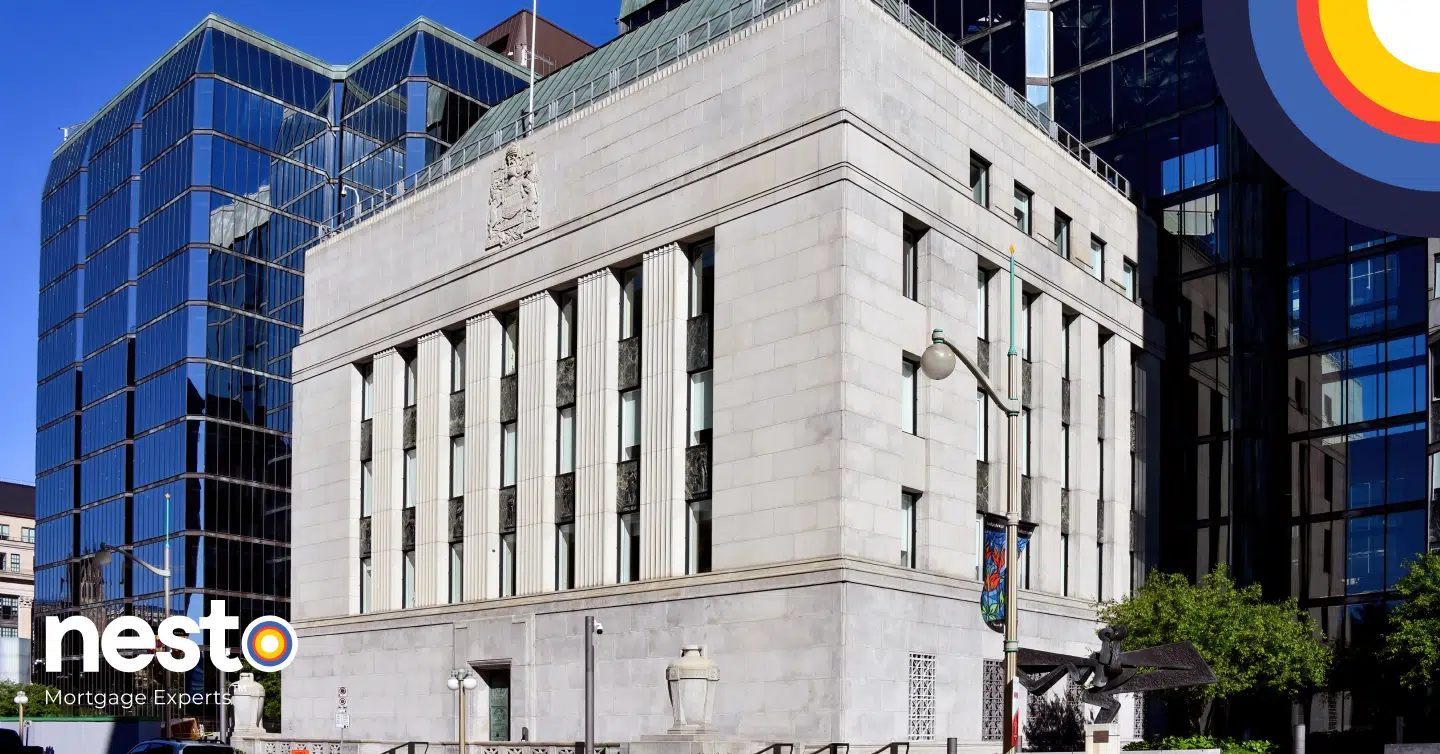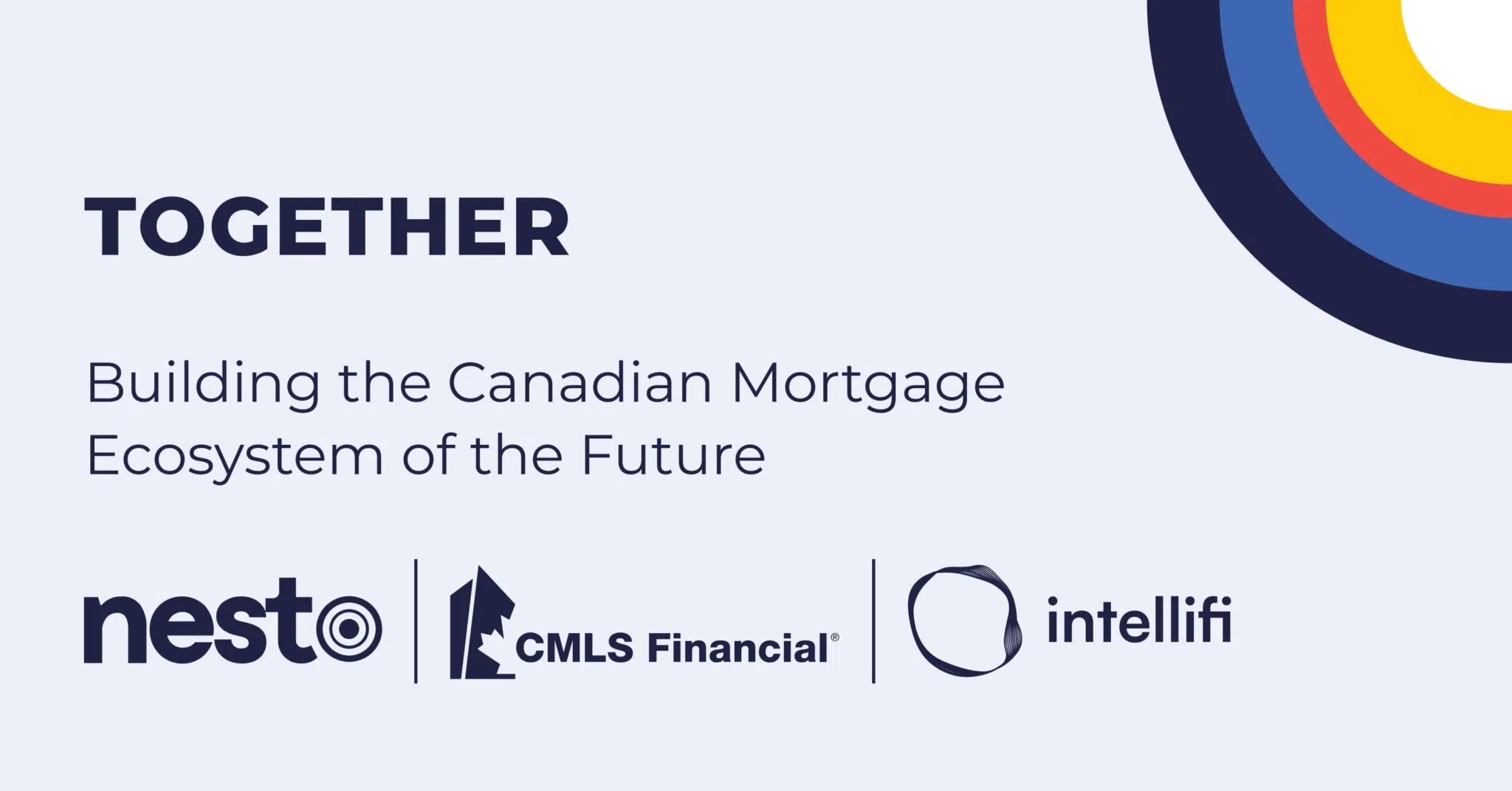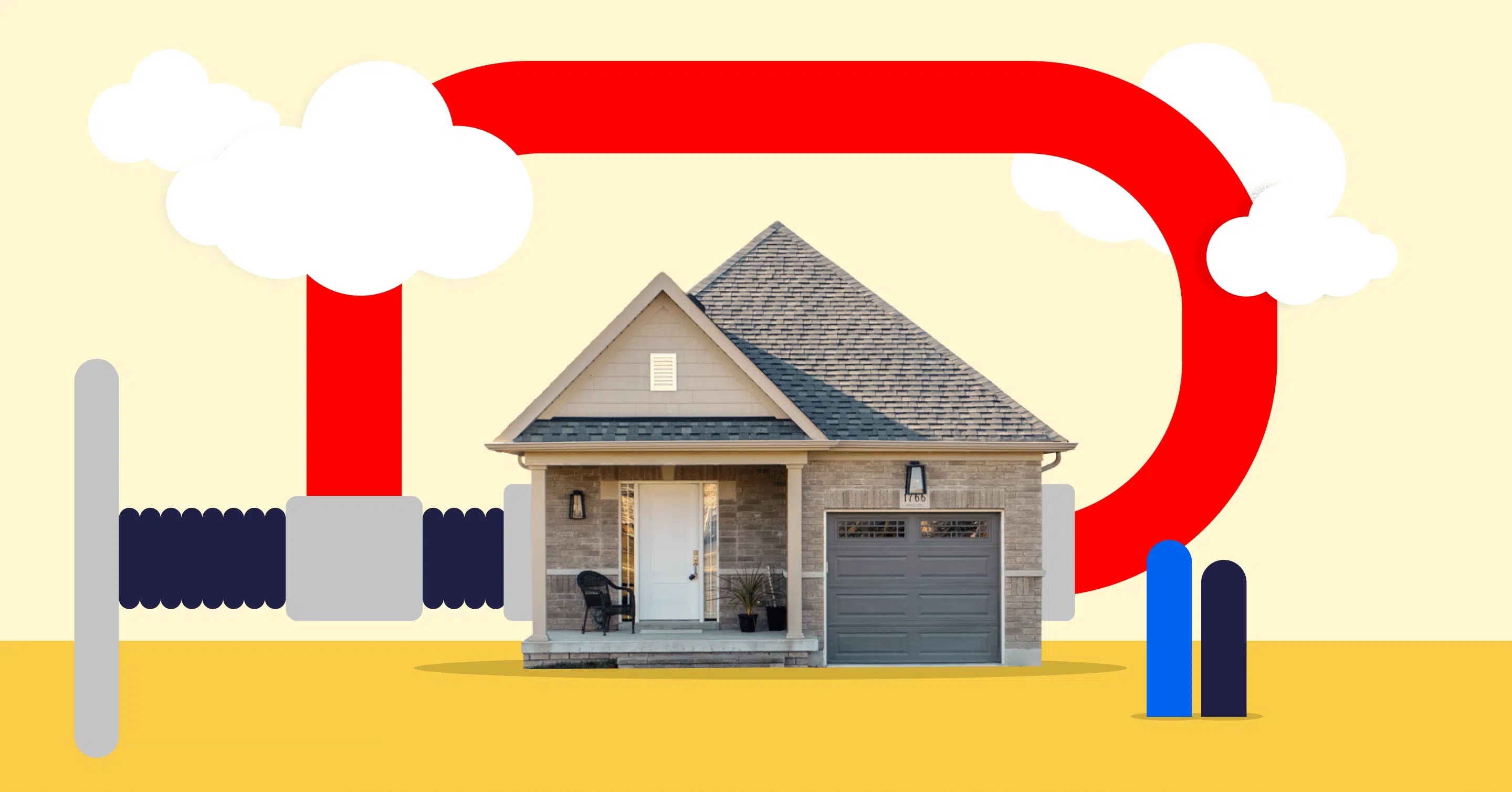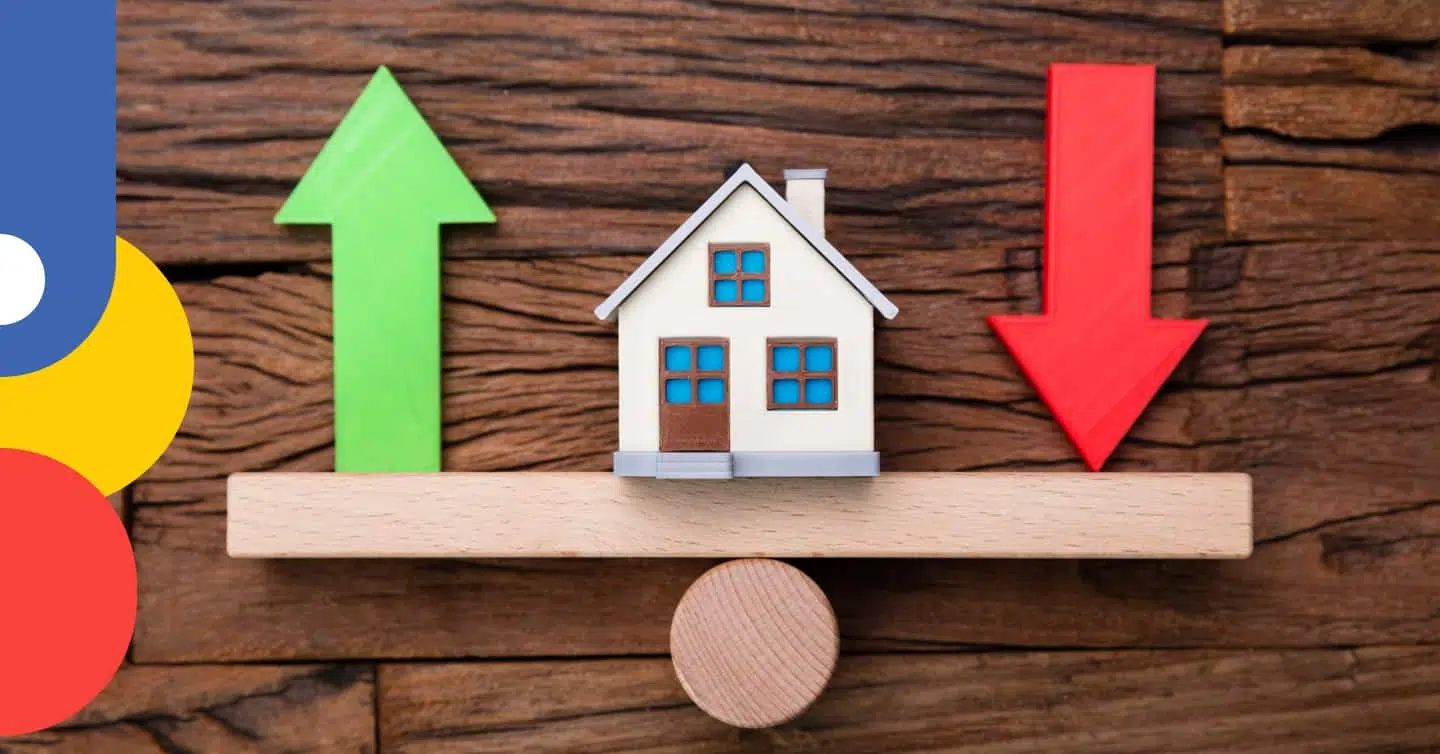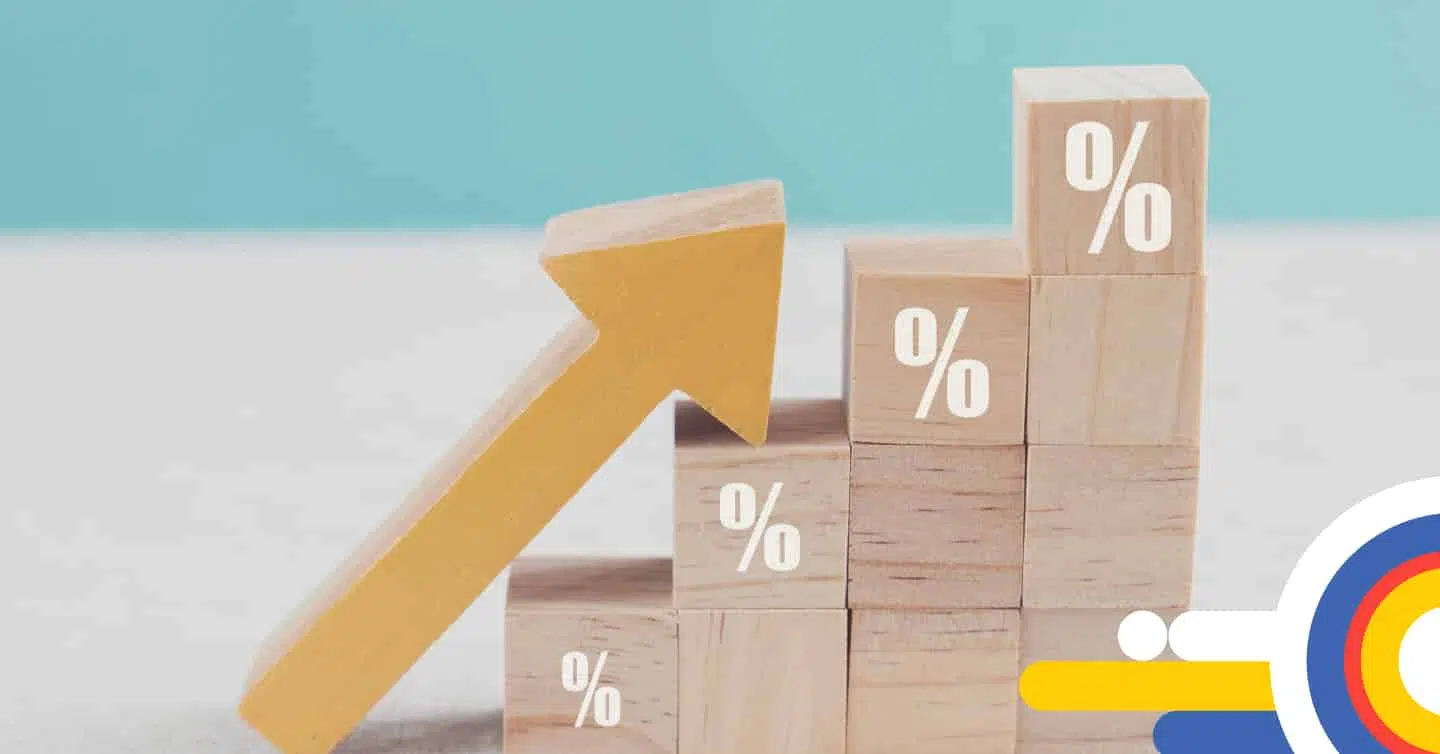Industry News #Home Buying #Real Estate
Industry News #Home Buying #Real Estate
US Economy Potential Risk of Stagflation
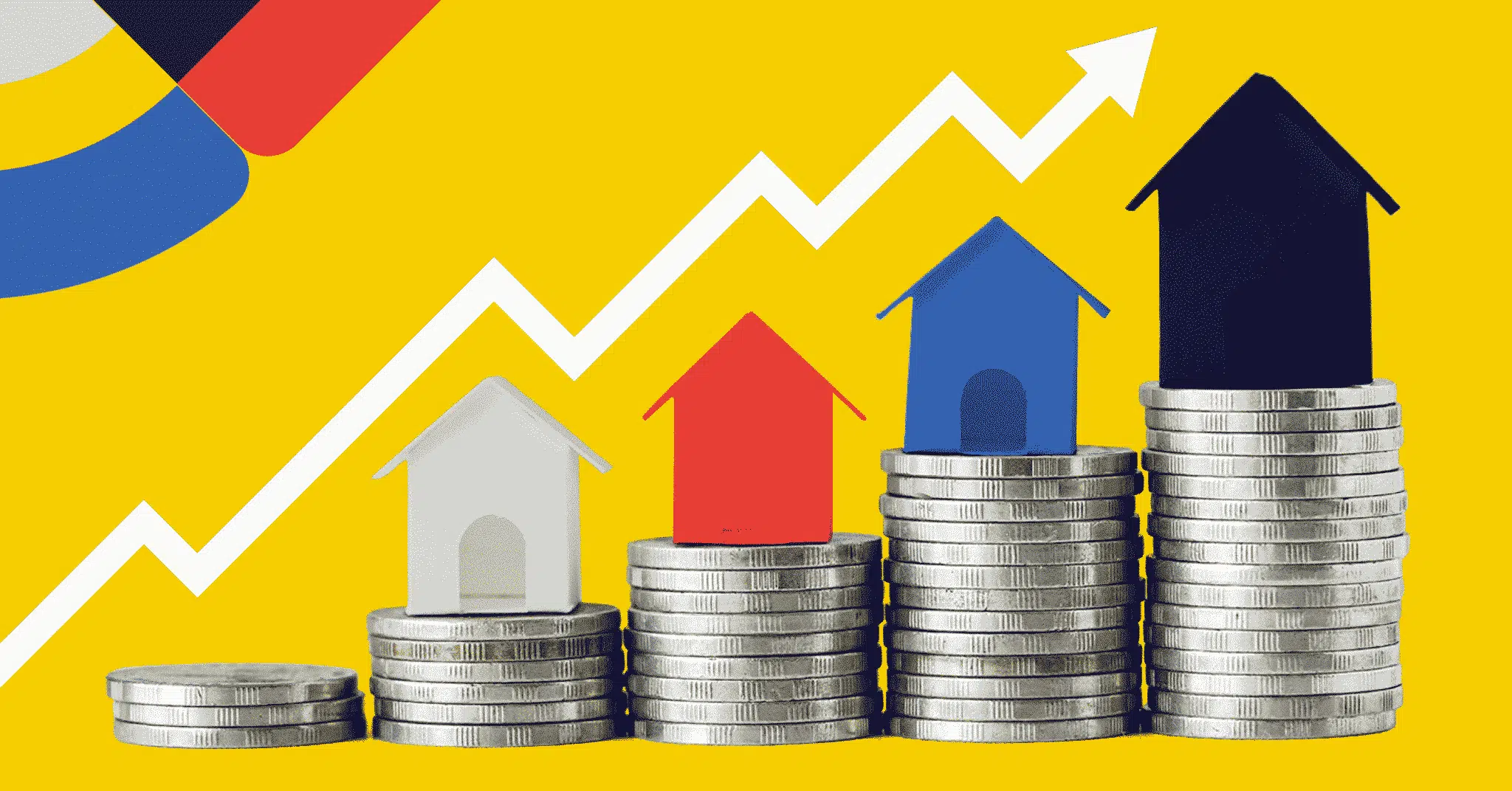
Table of contents
US Economy Potential Risk of Stagflation
The unexpected GDP report for the first quarter surprised investors since it revealed sluggish growth alongside the continuous increase in consumer prices. This combination sets the stage for stagflation, which cannot be resolved by reducing interest rates. The 1970s should serve as a warning about the possible repercussions of unchecked inflation. Investors were particularly hesitant to analyze the latest updates on GDP and inflation, as they might suggest forthcoming challenges on the horizon.
Difficult Choices for the Fed
David Donabedian, Chief Investment Officer at CIBC Private Wealth in the US, stated that the report showed disappointing results, with economic growth in 2024Q1 falling below expectations. The Bureau of Economic Analysis reported real gross domestic product (GDP) increased at an annual rate of 1.6%, which was lower than the anticipated 2.5% and lower than the 3.4% growth rate observed in the previous quarter.
The report brought attention to a surprising rise in consumer prices, which usually leads to a call for lower interest rates. This increase in consumer prices suggests a potential increase in inflation, which can have negative consequences for the economy. In response to such situations, central banks like the Fed often consider reducing interest rates to encourage economic growth and lessen the impact of inflation.
However, this situation presents a dilemma for the US Fed, which has previously emphasized the need to decrease inflation before adjusting interest rates. The Fed is responsible for maintaining stable prices and promoting maximum employment. The consumer price index (CPI) is a crucial indicator of price stability and measuring inflation. The Fed aims to keep it at a 2% target level to ensure a strong economy.
The unexpected rise in consumer prices challenges the Fed. Lowering interest rates could stimulate economic activity and exacerbate the effects of inflation. On the other hand, reducing interest rates without an apparent decrease in inflation could risk worsening inflationary pressures and destabilizing the economy.
This situation significantly impacts the central bank’s ability to make well-informed decisions. It highlights the intricate nature and difficult choices in monetary policy that all central banks face in balancing economic growth and price stability.
Stagflation is Inflation’s Curveball
The combination of slow growth and increasing prices will negatively impact the economy. This can result in stagflation, where the economy experiences both stagnation and high inflation. Overcoming stagflation can be more complex than dealing with a recession because the Federal Reserve has limited options to address this issue. In the 1970s, the United States went through a period of stagflation, which gives us a glimpse into what could happen in the current economic situation. This highlights the urgency for economists to prevent a repeat of this scenario.
In the early part of that decade, a disagreement over political and economic matters caused the OPEC coalition to limit the amount of crude oil they exported to the United States. This decision greatly impacted energy prices, which shot up dramatically. As a result, the economy faced a severe problem with high inflation rates, reaching double digits. This was partly due to the government spending more money, and the US dollar was no longer tied to the value of gold. The consequences were dire, and the economy suffered a significant downturn.
The situation 50 years ago is being closely examined by current analysts, who are hesitant to draw comparisons. This is why predictions of stagflation, a combination of stagnant economic growth and high inflation, are being given importance. Jamie Dimon, the CEO of JPMorgan, has recently referenced the stagflationary period of the 1970s. He has expressed caution about the excessive optimism surrounding the economy in markets. In a speech at the Economic Club of New York, Dimon highlighted his concerns that the current economic situation resembles the 1970s more than any other decade.
Jamie Dimon has repeatedly expressed his viewpoint that fiscal spending has significantly risen, leading to concerns about potential inflation in the economy. He believes several factors, including the emphasis on green industries and global remilitarization, contribute to this situation. Dimon’s argument highlights the need for careful consideration and monitoring of the economic landscape to ensure stability and avoid any adverse effects that inflation may bring.
US Stagflation Could Spell Trouble for Canadian Mortgages
Stagflation in the United States could significantly affect Canada’s housing and mortgage market. One significant impact could be that investors might not be as interested in buying Canadian real estate. Suppose the US economy is slowing down, and higher prices are making it harder for people to control their cost of living and purchase tangible goods. Investors may be more careful with their money and not invest as much in Canadian real estate. This could cause the housing market in Canada, especially in cities like Vancouver and Toronto, to rapidly slow down as there would be less investment.
Conversely, stagflation in the US could cause the Federal Reserve to try to raise interest rates to decelerate inflation. If the Fed increases interest rates stateside, US treasury yields will increase, causing US bonds to trade at lower prices. Historically, Canadian bond yields are easily swayed by moves in the US treasury. An outcome that would cause Canadian homeowners to pay more each month for their mortgages while making them unaffordable for others. If Canadians start missing mortgage payments, it could cause a rise in mortgage defaults here. Additionally, higher mortgage rates could make it harder for prospective homebuyers to qualify for mortgages, decreasing the demand for housing even more.
In Conclusion
It still needs to be determined whether stagflation will become a reality. Even though inflation has been persistent, the financial markets are still anticipating the possibility of a cut in interest rates sometime this year. Moreover, experts at Barclays have observed that the latest GDP report shows an increase in sales to domestic consumers, suggesting that the demand for goods and services is still strong.
Well-qualified borrowers may consider an adjustable-rate mortgage (ARM) or a variable-rate mortgage (VRM) if interest rates drop. An ARM would allow borrowers to lower their mortgage payments, while a VRM would allow borrowers to lower their mortgage amortization as rates are cut. On the other hand, those prioritizing stability and predictability may avoid risks by opting for the currently lowest 5-year fixed mortgage rate to maintain a consistently low rate throughout their mortgage term without the hassle of renegotiating during uncertain times.
Having the right advice is more important than ever in these uncertain times. Don’t let economic uncertainty affect your mortgage renewal or dreams of owning your first home. Reach out to nesto’s mortgage experts, and get the help you need to navigate the currently complex mortgage market. Mortgage experts can help you find the most suitable mortgage strategy for your unique financial circumstances.
Ready to get started?
In just a few clicks, you can see our current rates. Then apply for your mortgage online in minutes!


